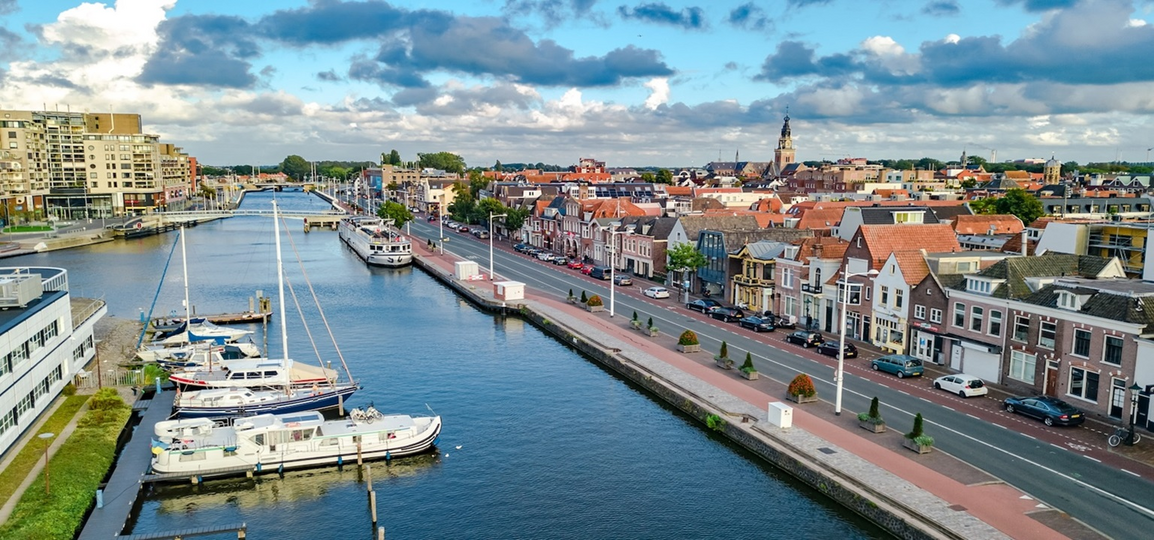
Introduction to Digital Twin City
Future of Digital Twin Technology
The urban canvas of the 21st century is a complex weave of infrastructure, ecology, and society. As cities continue to grow and challenges mount, the push for innovative solutions has never been greater. The emergence of Digital Twin City technology stands as a testament to human ingenuity, offering an advanced tool for urban planning and governance that holds the promise of transforming city management into a precise, predictive, and participatory process.
Exploring the Depths of Digital Twin Cities
A Digital Twin City is not just a static 3D model; it is a living, breathing virtual counterpart that mirrors the physical intricacies of its real-world city. By collating a vast array of data from IoT sensors, satellite imagery, and on-the-ground inputs, these digital twins update in real-time, reflecting changes as they happen and serving as a test bed for urban experiments. They empower decision-makers to visualize the impact of potential changes in infrastructure, traffic management, energy distribution, and disaster response, all before physically altering a single street or building.
The Complex Web of Data Challenges
However, the prowess of a Digital Twin lies in the ability to rapidly and smartly manage and extract its data for specific applications. This is where the true challenge persists. For governments at all levels—national, provincial, and municipal—the questions of how to efficiently process, categorize, and deploy data for tasks such as traffic sign recognition, road condition assessment, and utility management loom large. Often, the wealth of data within a Digital Twin City remains underutilized, locked away behind technological barriers or insufficiently categorized, leading to significant information loss throughout the object lifecycle.
Additionally, public sector entities face logistical hurdles with incumbent data services providers. Existing arrangements typically necessitate frequent data updates—at least annually—yet the available solutions can be cost-prohibitive, proprietary, and inconsistent with domestic data governance standards.
AI-InfraSolutions: Pioneering Data-Driven Solutions
AI-InfraSolutions addresses these challenges head-on by adopting an end-to-end digitalized approach. Our analytics cross the full spectrum of urban infrastructure, finely tuned to navigate and deploy the nuanced data inherent within Digital Twin Cities. We employ advanced AI algorithms to not only harvest accurate data but also to transform it into actionable intelligence across various public sector applications:
- Precise detection and classification of traffic signs.
- In-depth analysis of road damage and classification.
- Comprehensive mapping and classification of road markings and terrain.
- Utility pole and tree identification and categorization.
- Streamlined Digital Twin production and data publishing via our 3D-GeoViewer.
- Expert countermeasures for privacy compliance, including automated blurring to adhere to stringent GDPR mandates.
- Localized data storage practices in accordance with the enhanced security protocols of the forthcoming NIS2 directive.
Our data delivery model offers local governments an alternative that is both cost-effective and empowering, backed by a dataset ownership structure that resonates with local accountability and accessibility.
Showcasing Digital Twin Excellence:
Several municipalities are effectively deploying Digital-Twin technology to take city planning and management to the next level. In cooperation with AI-InfraSolutions, data collection is combined with digital twin platforms. Using our 3D GeoViewer, municipalities are able to synchronise rich historical data and dynamic current data. This leads to 'Smart City' projects which not only makes for smarter, but also cost-effective and operationally optimised cities.
Conclusion
As urban areas continue to evolve into complex systems, the integration of technology like Digital Twin Cities becomes essential. AI-InfraSolutions is committed to ensuring that this technology is accessible, navigable, and beneficial for all stakeholders. We believe that the right data, when captured and analyzed properly, can propel cities into a future of smarter, more integrated urban management.
We welcome the opportunity to partner with municipalities and urban planners, demonstrating how our expertise in data analytics can transform their approach to city governance. Through collaboration, we look forward to fostering the next generation of resilient, sustainable, and intelligent urban spaces.
Want to know more about the possibilities?
Contact one of our experts

